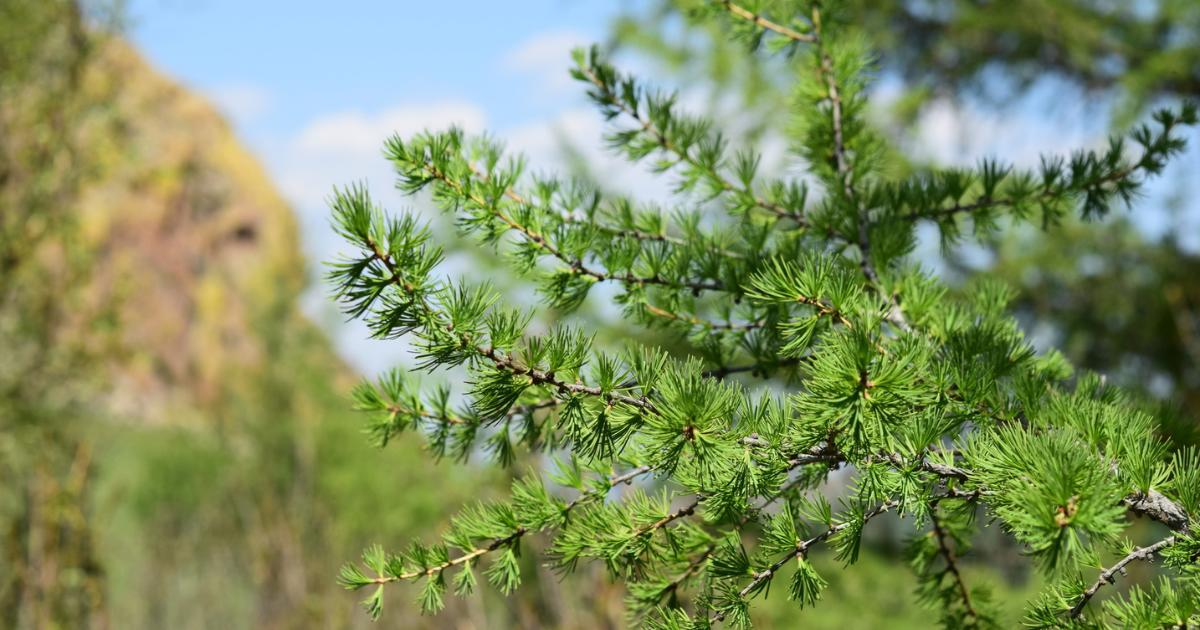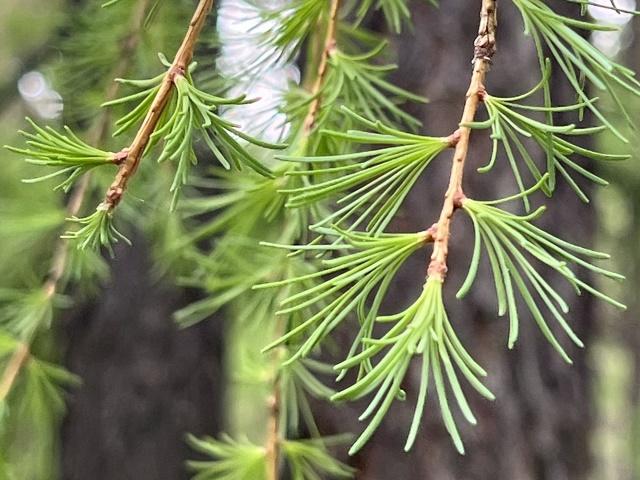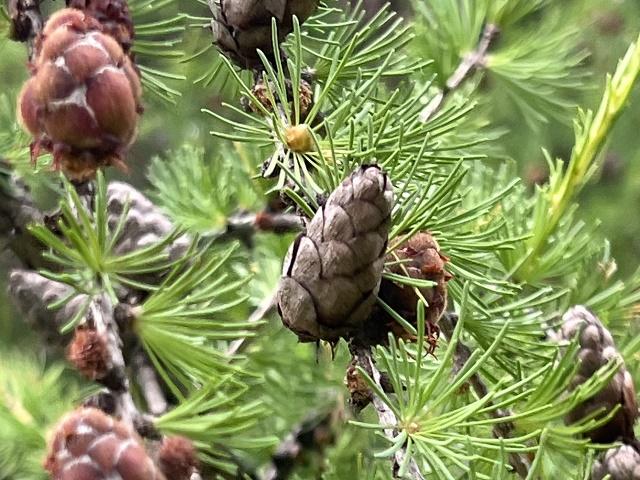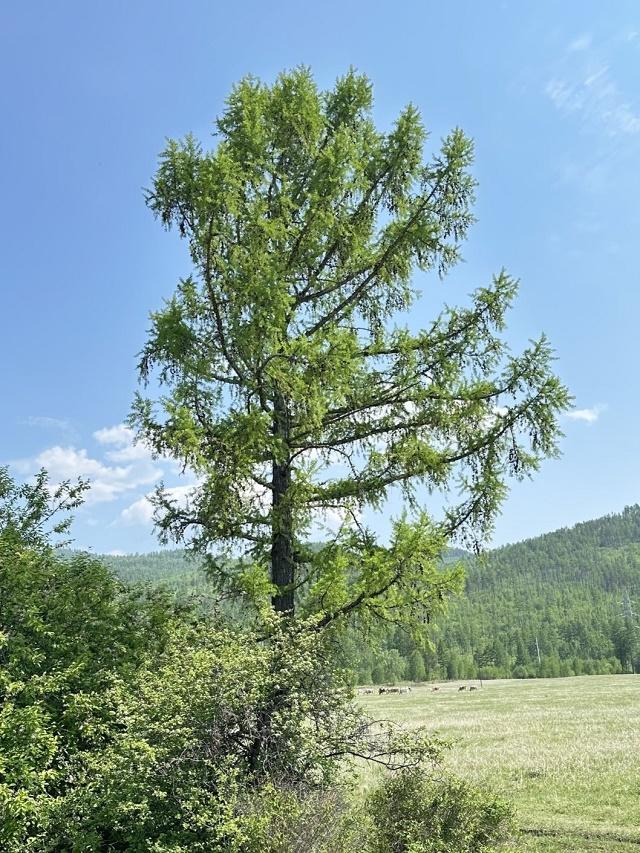Characteristics of Siberian Larch (Larix sibirica)

Siberian larch or Russian larch (Larix sibirica) is a frost-resistant species of a conifer tree. The tree is native to western Russia, starting from the eastern Finnish border of the Yenisei valley in central Siberia, where it hybridized with the Dahurian Larch (Larix gmelinii) from eastern Siberia. This hybrid is known as Larix × czekanowskii.
Because of its resistance to decay, Siberian larch wood is highly prized for making railroad sleepers and mine supports.
Siberian larch is also used at many velodromes around the world as a track surface including the Manchester Velodrome and the Krylatskoye Velodrome in Moscow.
This tree was introduced to Canada and the United States in 1806. It is known, Larix sibirica was also introduced to Iceland and Greenland.
Characteristics of Siberian Larch Leaves

The leaves are needle-like, light green, 2-5 cm long, and turn bright yellow in autumn, leaving pale yellow shoots until the following spring.
Dimorphic shoots, with growth divided into long shoots (usually 10-50 cm) and having several shoots, and short shoots only 1-2 mm long with only one shoot. It has biomorphic needles, with needles on new growth borne alone and arranged in a spiral around branches and needles on old wood borne in clusters of 15-40 needles on short spurs.
Characteristics of Siberian Larch Fruit

Male and female cones are borne separately on the same tree. The male cones are solitary, yellow, round to oblong, 4-8 mm in diameter, and produce wingless pollen. The adult female cones are erect, oval in shape, 2-5 cm long, and the seed scales are downy. Cones are variable green, red when immature, turning brown, and opening to release winged seeds when ripe. Old cones usually remain on the tree for many years, turning dull gray-black.
Characteristics of Siberian Larch Tree

Siberian larch is a medium to a large deciduous coniferous tree that can reach 40-50 meters in height, with a trunk diameter of up to 1 meter. The crown is conical when young, becoming wider with age. The main branches are flattened to the top, with the side branches often hanging down.
This tree grows faster than many other coniferous trees in cooler areas but requires full sun. If planted in plantations, the spacing should be wide, and intensive thinning is required.
Siberian larch resin (as well as Siberian cedar) is used as a natural chewing gum, which is produced commercially by several manufacturers in Russia.
Leave a Reply